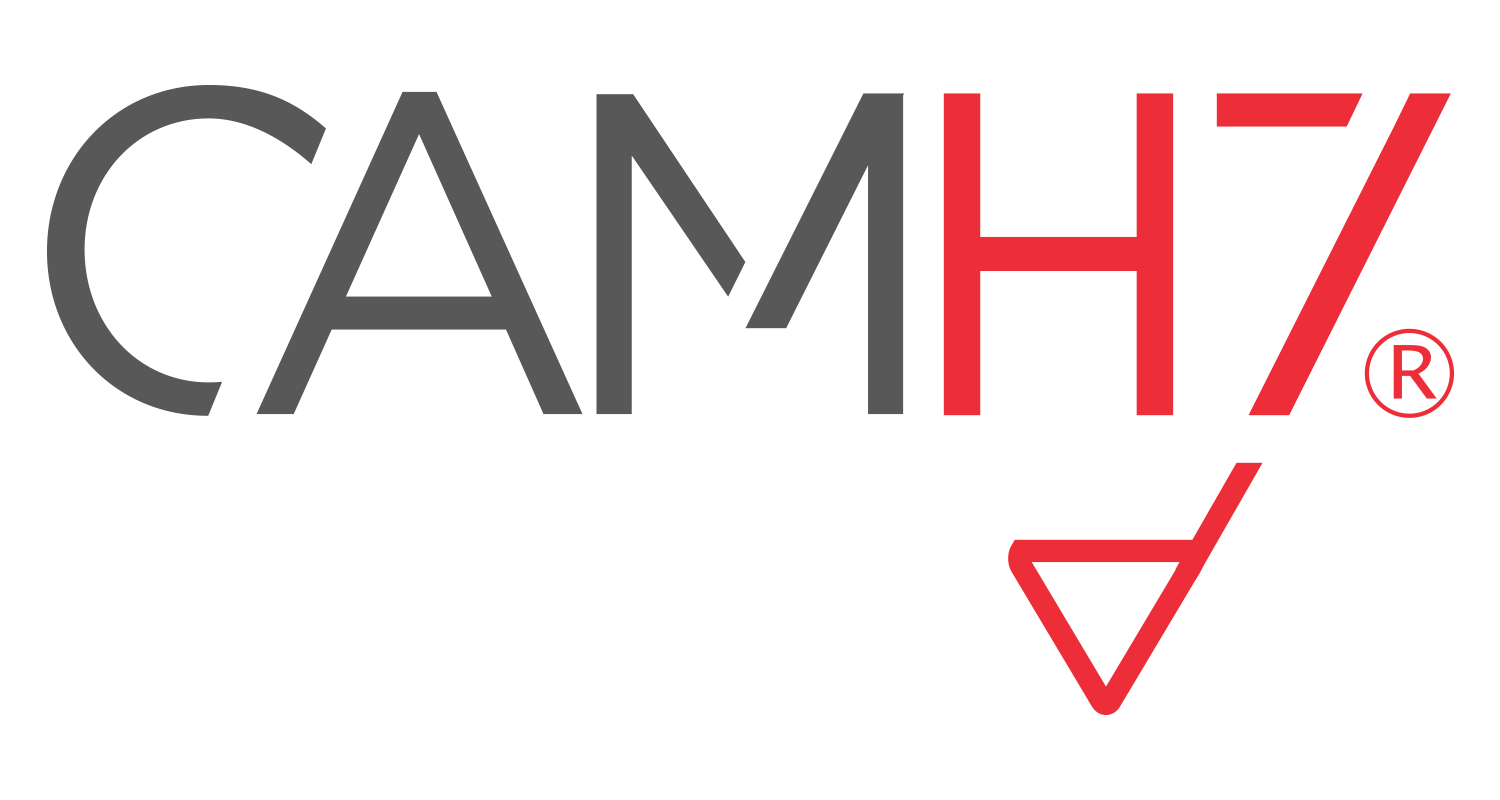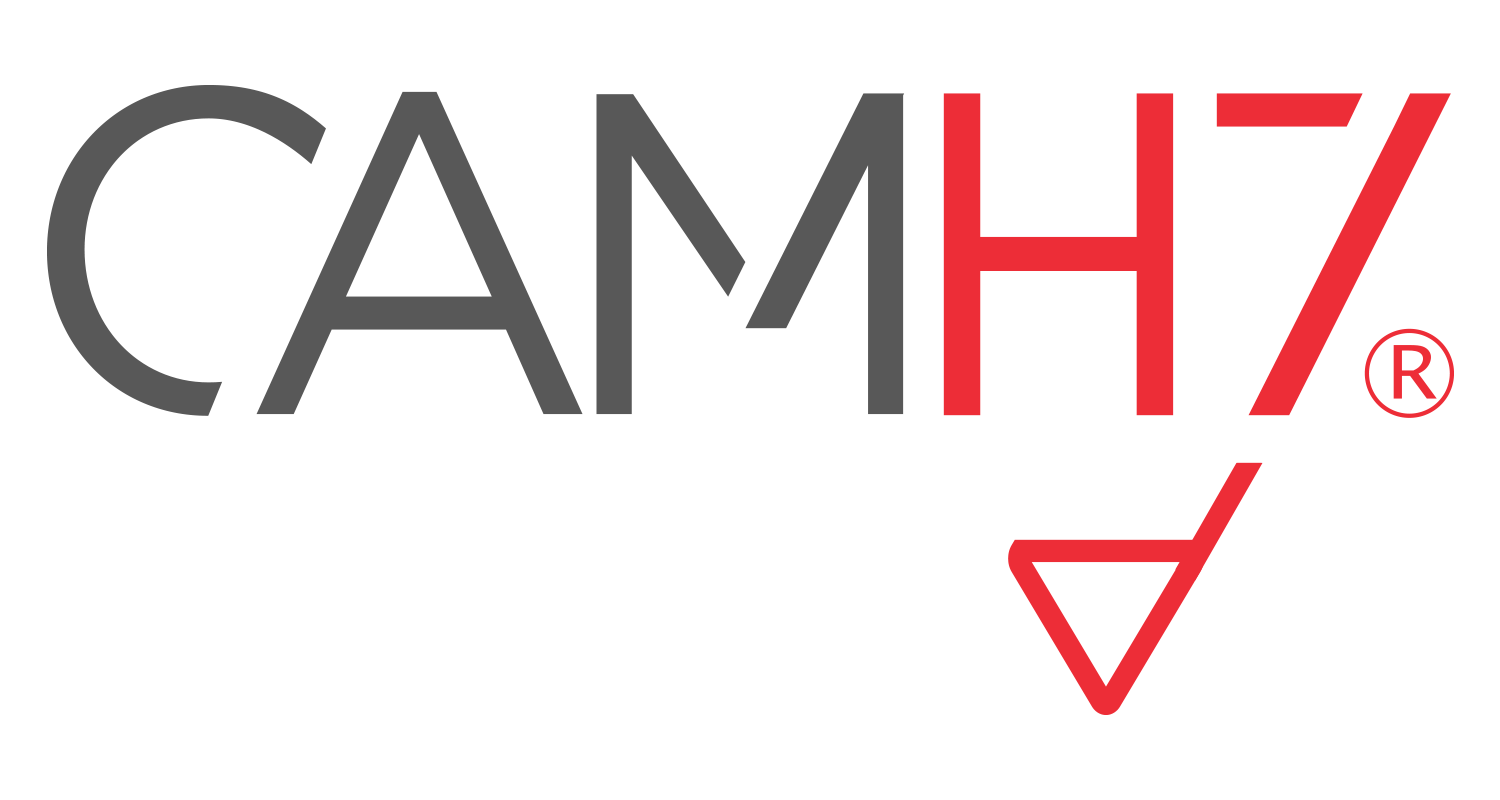Direct Write-Off and Allowance Methods Accounting 101
There are several advantages to using the direct write-off method, which make it an especially appealing choice for smaller organizations, especially those with relatively unskilled accounting personnel. First, it is quite simple – just charge a receivable to bad debt expense, and you are done. Second, a bad debt charge-off is easy to prove, since it is based on an actual unpaid invoice; this is not the case with the allowance method, where an estimate of possible bad debts is being charged to expense. Continuing our examination of the balance sheet method, assume that BWW’s end-of-year accounts receivable balance totaled $324,850.
Uncollectible accounts receivable can trip up even the most seasoned professionals. These outstanding balances represent real challenges, potential risks, and missed opportunities. It’s essential to check the financial health and reputation of a prospective client before entering a business relationship.
The direct write-off method recognizes bad accounts as an expense at the point when judged to be uncollectible and is the required method for federal income tax purposes. The allowance method provides in advance for uncollectible accounts think of as setting aside money in a reserve account. The allowance method represents the accrual basis of accounting and is the accepted method to record uncollectible accounts for financial accounting purposes. For example, a company may recognize $1 million in sales in one period, and then wait three or four months to collect all of the related accounts receivable, before finally charging some bad debts off to expense. This creates a lengthy delay between revenue recognition and the recognition of expenses that are directly related to that revenue.
Bookkeeping
Double Entry Bookkeeping is here to provide you with free online information to help you learn and understand bookkeeping and introductory accounting. As a result of this the direct write-off method can only be utilized when the debts written off are immaterial, when the matching concept can be overridden by the materiality constraint. The direct write off method is also known as the direct charge-off method.
Income Statement
This makes a company appear more profitable, at least in the short term, than it really is. Our platform offers tools that facilitate clear and consistent communication with clients. Your client gets their own portal to view any outstanding invoices and even make payment terms if necessary. Businesses can use the allowance method to set aside a specific amount as a provision if they anticipate that some accounts might become uncollectible in the future. This method involves estimating the amount that won’t be collected and adjusting the books accordingly. There are two ways you can go about it – the direct write-off method of accounting for uncollectible accounts or the allowance method.
Module 6: Receivables and Revenue
Hiring a collections agency is like hiring a bounty hunter in the business sense. They are well-versed in debt recovery as they know the strategies and methods that yield results. Hiring an agency maximizes the chances of retrieving the outstanding amount. Disputes over the quality of products, services, or misunderstandings about contract terms can lead clients to withhold payment. Such scenarios can leave businesses grappling with substantial revenue loss, especially if that client constitutes a significant portion of their receivables. An accumulation of such accounts over time can erode profitability, disrupt cash flow, and pose significant challenges in planning and executing growth strategies.
Understanding the Impact of Uncollectible Receivables on Your Balance Sheet and Income Statement
- It might be tempting to extend credit easily to attract more clients.
- But it’s still something you need to prepare for with strategic policies and careful vetting.
- The second entry records the payment in full with Cash increasing (debit) and Accounts Receivable decreasing (credit) for the amount received of $15,000.
- Without crediting the Accounts Receivable control account, the allowance account lets the company show that some of its accounts receivable are probably uncollectible.
- In this example, assume that any credit card sales that are uncollectible are the responsibility of the credit card company.
As the accountant for a large publicly traded food company, you are considering whether or not you need to change your bad debt estimation method. You currently use the income statement method to estimate bad debt at 4.5% of credit sales. You are considering switching to the balance sheet aging of receivables method. This would split accounts receivable into three past- due categories and assign a percentage to each group.
We record Bad Debt Expense for the amount we determine will not be paid. This method violates the GAAP matching principle of revenues and expenses recorded in the same period. The direct write-off method doesn’t adhere to the expense matching principle—an expense must be recognized during the same period that the revenue is brought in. As a result, the direct write-off method violates the generally accepted accounting principles (GAAP).
This distortion goes against GAAP principles as the balance sheet will report more revenue than was generated. This is why GAAP doesn’t allow the direct write off method for financial reporting. The allowance method must be used when producing financial statements. While the direct write-off method is simple, it is only acceptable in those cases where bad debts are immaterial in amount. In accounting, an item is deemed material if it is large enough to affect the judgment of an informed financial statement user. Accounting expediency sometimes permits “incorrect approaches” when the effect is not material.
Legal action might get you your money, but it might also end a business relationship. Uncollectible receivables refer to money that a business is owed by its clients but, due to various reasons, is unlikely to be collected. The direct write-off method can be a useful option for small businesses infrequently dealing with bad debt or if the uncollectibles are for a small amount.
Once this account is accruals definition identified as uncollectible, the company will record a reduction to the customer’s accounts receivable and an increase to bad debt expense for the exact amount uncollectible. This method aligns better with the matching principle since businesses estimate bad debts in the same accounting period as the sales occur. When it’s evident that a particular account is uncollectible, you write it off as an expense immediately.
Businesses with lenient credit policies or those that lack a rigorous vetting process for clients might find themselves juggling a higher number of uncollectible accounts. Bad debt is money that a company has already recognized as revenue but later realizes will not be collected due to customer default. Imagine if Home Depot had to wait for tiles to come from a supplier while the accounting department processed all the paperwork. Instead, the purchasing department orders the tiles, the supplier ships the order and sends an invoice, and then the accounting department can take its time processing the paperwork.
Chartered accountant Michael Brown is the founder and CEO of Double Entry Bookkeeping. He 5 ways debt can make you money has worked as an accountant and consultant for more than 25 years and has built financial models for all types of industries. He has been the CFO or controller of both small and medium sized companies and has run small businesses of his own.


